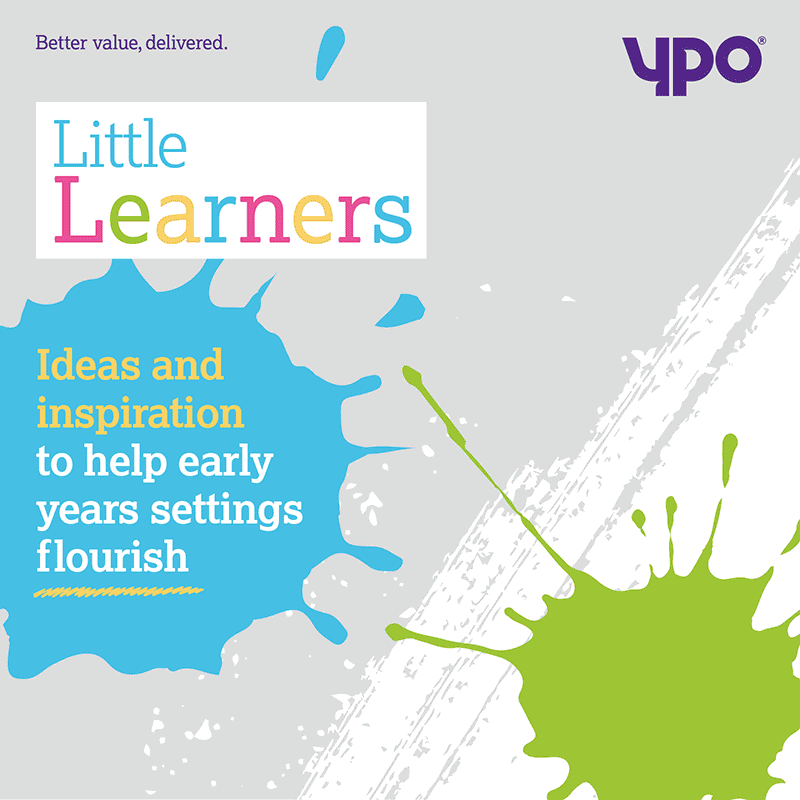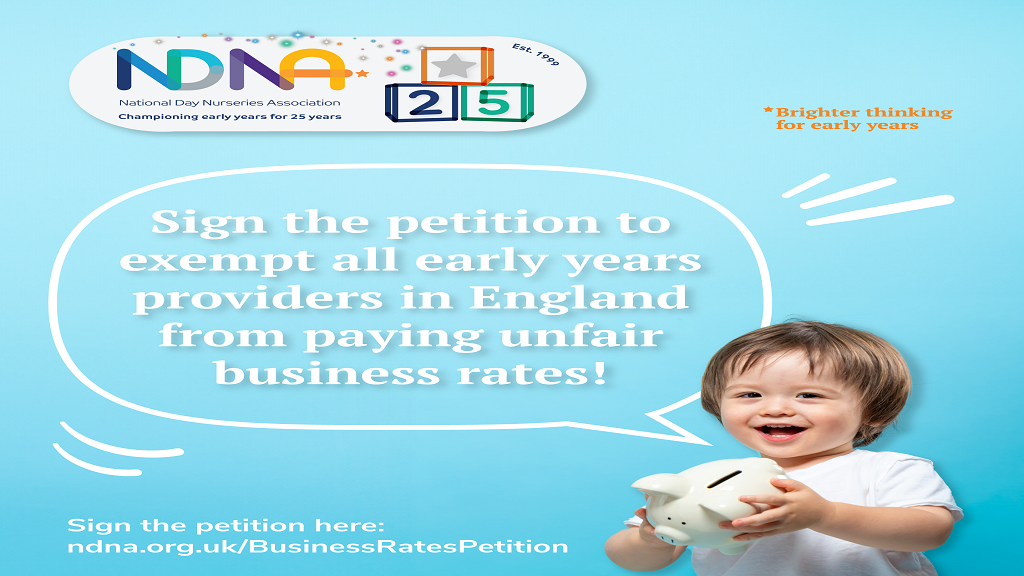Storal, a UK nursery group with 31 registered settings has announced the appointment of Daniel Day as finance director In…
Clean Air for children
Following on to a previous article on clean air for children that focused on toxins from diesel and petrol fumes, this article is about reducing toxins inside our nurseries, explains Cheryl Hadland, MD and founder of Tops Day Nurseries and Aspire Training Team.
Did you know that air pollution inside can be up to ten times worse than outside? Air comes in through openings, joints, cracks and around windows and doors but can then pool inside the nursery rather than going out again, adding to the toxins being generated inside. When air exchange rate is low, the pollutant levels increase and our health is affected.
Toxins inside can cause asthma, irritate lungs and seriously damage our bodies, so if you have any children or colleagues with asthma, or perhaps colleagues recovering from Covid or just fatigued or unwell colleagues or children, then there are some things you can do to help.
You may not be aware of where the pollution is coming from inside a day nursery or home, check this list out:
Wet or damp carpet or chipboard furniture (NB Floods!); fumes coming off furnishings, cleaning and craft materials, air fresheners, deodorants, perfumes, hair sprays, second hand tobacco smoke on clothes/hair, paint, pesticides, mould, dander from animals in the nursery and brought in on clothing from animals from home, dust mites in soft furnishings, cockroaches and other pests, and outdoor pollution such as bus or truck exhaust, ozone, particle pollution and pollen coming in but hanging around rather than being blown out again. There could also be fumes from poorly maintained cookers, boilers, from gas leaks and radon – which hopefully are monitored through carbon monoxide sensors, and gas sensors in areas where radon is a risk consideration (Devon/Cornwall due to the granite rock for example). Poorly maintained air conditioners, and filters can make the air quality worse rather than better.
So what can we do about it?
Firstly be very careful what you buy, for example products that are sold to you to fog your premises to remove viruses, or to make the air smell nice, or for cleaning, could be irritating staff and children’s lungs at the same time, so check the small print/COSHH information and chose alternatives that do not irritate, such as Electroxwater; natural air fresheners such as pure essential oils and aromatherapy diffusers, and the range of products from Biovation for cleaning. We learn about products all the time, and I don’t pretend to have all the answers, Im not a chemist, but if we share what we know we can all benefit. We share information on our product choices on our website and facebook to share with eachother and parents, so we can all learn, perhaps you’d like to do the same, it shows we care. And no we don’t receive commission! At least tell your suppliers that air pollution and sustainability is important to you so they consider this in their purchasing and manufacturing policies, its not just about cheapest anymore.
Secondly have an open discussion with colleagues about the perfumes, deodorants and hair sprays that they use, as toxins on these can cause long term health problems for them as well as more obvious breathing and eye irritation currently. There are many perfumes that are actually toxic (like “Poison”!) They don’t just cause lung problems, but kidney damage, fatigue, inflammation, cancer, and more – yet we spray them directly onto our skin in some cases, and then hold babies and children. The particularly nasty chemicals to look for are: acetone, benzaldehyde, benzyl acetate, benzyl alcohol, camphor, ethanol, ethyl acetate, limonene, linalool, methylene chloride as well as phthalates, stearates, and parabens.
Thirdly you might want to reflect on what products you already have in the building, for example chipboard furniture may be put together using formaldehyde, so unless you are sure it doesn’t have this in (some doesn’t, but you need to check with the supplier) try to get rid of it. You might be better to replace chipboard tables with solid wood, which can be done cost effectively for example by buying second hand, solid wood tables and cutting the legs down, a more sustainable choice.
Fourthly, do speak with people doing your maintenance and cleaning people, to make sure they know what your priorities are, and can do their own research, and you help keep toxic products out. Even the paint your decorators buy to put on the walls can let off toxic VOCs, so make sure you research paint choices before allowing it onto your premises, try to specify a more sustainable paint product, such as Paint360, which is recycled and also has silver to naturally kill mould and bacteria.
And fifthly, open those doors and windows if you can. If you are on a main road though, or in a high air pollution area, then you might want to consider an air cleaning and filtration system. check this website if you aren’t sure https://uk-air.defra.gov.uk/air-pollution/faq?question=5 . There are many on the market including a portable air filter system from Dyson up to hospital grade HEPA filters. Providing filtered air could differentiate your nursery from competitors, and have the additional advantage of blocking Covid-19, Flu and other viruses and germs as well as dust and pollen, so safeguarding your team, but they aren’t cheap.
Finally, just add a range of pollution filtering, non toxic plants to your nursery, something I think all nurseries should do anyway to increase oxygen levels and reduce carbon dioxide. Good examples are the humble and hard to kill spider plants, prayer plants, ferns and philodendron. They don’t all have to be in toddler destruction range, you could hang some from the ceiling!
So be proud to address air pollution inside your settings and homes, and improve the quality of life for your children, colleagues and families. Our impact will be colossal. Thank you!
Latest News
Fawcett Society’s recent report highlights the critical need to transform the early years sector as the UK falters behind other…
An official petition calling on the government to exempt all early years settings in England from paying unfair business rates…





